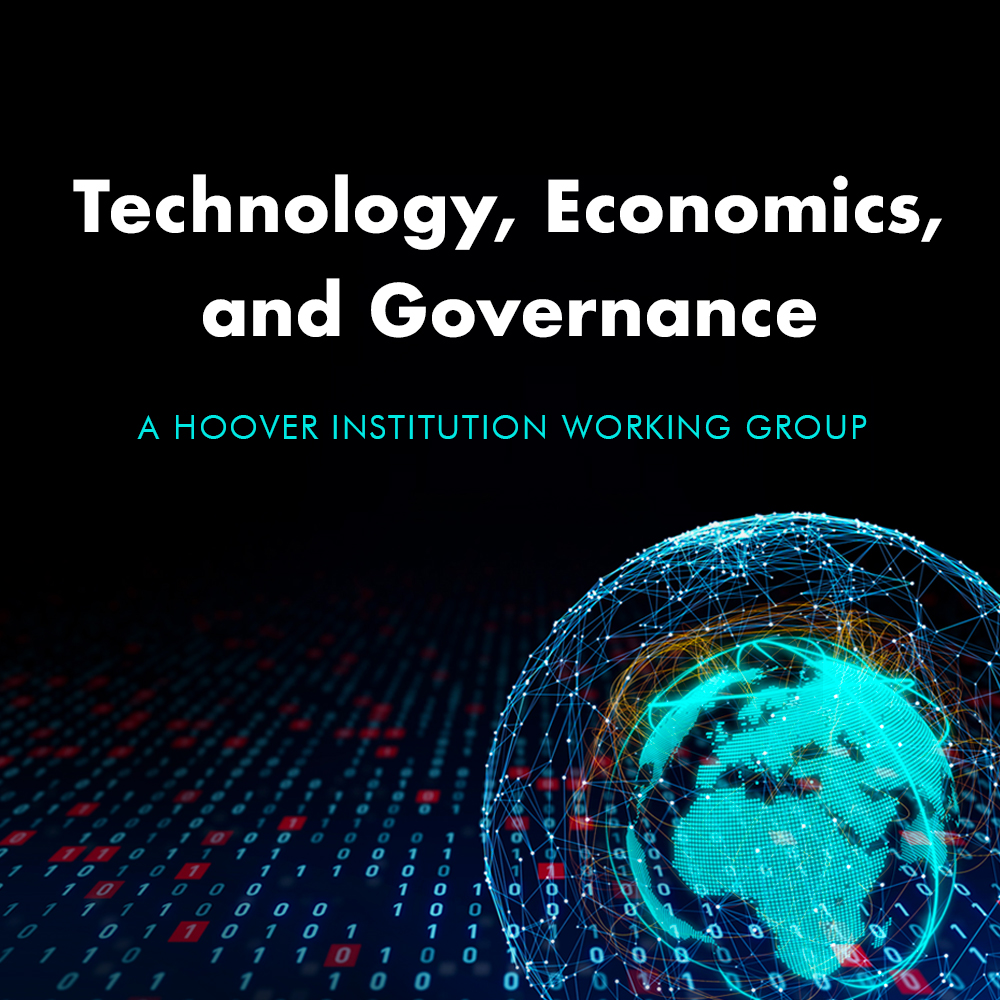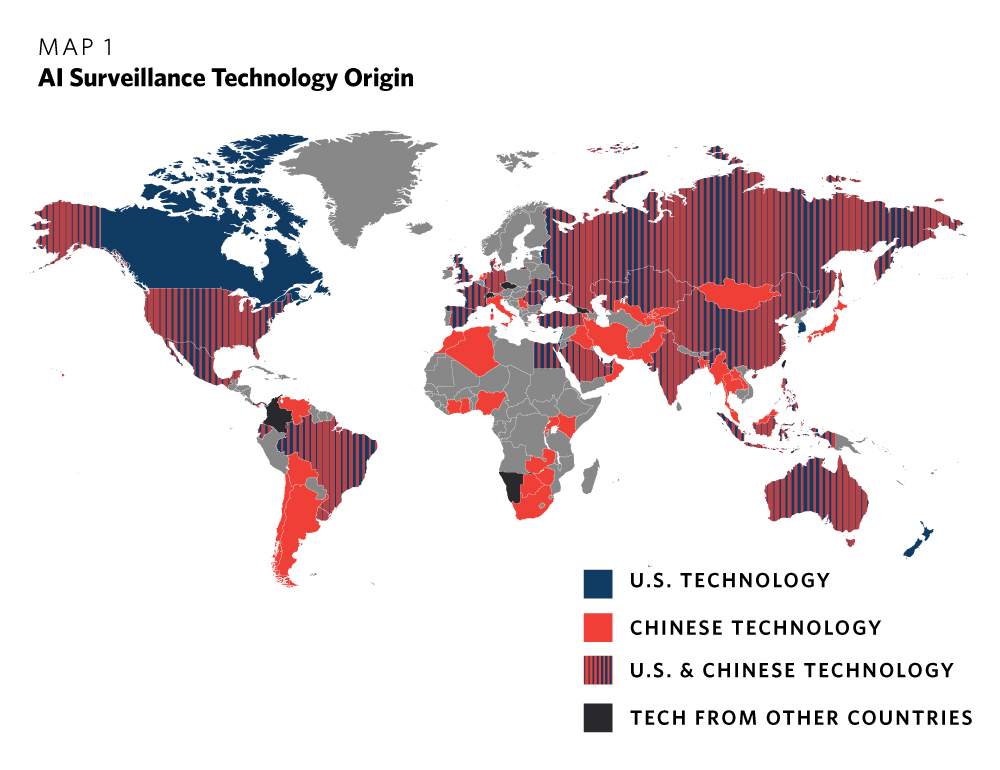The Power Grab: How AI is Exhausting the Power Grid
The artificial intelligence revolution is driving a nationwide data center building boom, and with it, an unprecedented demand for power. Tech giants like Microsoft, Google, Amazon, and Meta are promising to transition to green energy, but in reality, they are fueling an expansion of fossil fuel use, including delaying the retirement of coal-fired plants.
Data centers are creating explosive demand for power, water, and other resources.
The mighty Columbia River has helped power the American West with hydroelectricity since the days of FDR’s New Deal. But the AI revolution will demand more. Much more. Microsoft is betting on an effort to generate power from atomic fusion, a breakthrough that has eluded scientists for the past century. Physicists predict it will elude Microsoft too.
Microsoft is partnering with Helion to test prototypes of atomic fusion generators.
In the face of this dilemma, Big Tech is going all-in on experimental clean energy projects that have long odds of success anytime soon. In addition to fusion, tech giants are hoping to generate power through small nuclear reactors hooked to individual computing centers and machinery that taps geothermal energy by boring 10,000 feet into the Earth’s crust.
Google recently powered up a futuristic geothermal power plant in the northern Nevada desert.
The AI industry is driving a nationwide data center building boom, creating explosive demand for power, water, and other resources. Data centers, the nondescript warehouses packed with racks of servers that power the modern internet, have been around for decades. But the amount of electricity they need now is soaring because of AI.
A ChatGPT-powered search consumes almost 10 times the amount of electricity as a search on Google.
The data-center-driven resurgence in fossil fuel power contrasts starkly with the sustainability commitments of tech giants Microsoft, Google, Amazon, and Meta, all of which say they will erase their emissions entirely as soon as 2030. But critics argue that the companies are using accounting techniques to inoculate themselves from blame for contributing to global warming.
The new emissions created would be comparable to that of putting 15.7 million additional gas-powered cars on the road.
Tech companies acknowledge big new sources of clean power need to be found. At the World Economic Forum conference in Davos, Switzerland, OpenAI CEO Sam Altman said that, when it comes to finding enough energy to fuel expected AI growth, “there is no way to get there without a breakthrough.”
Altman is spending hundreds of millions of dollars to develop small nuclear plants that could be built right on or near data center campuses.
It remains unclear where, or when, those breakthroughs will arrive. But one thing is certain: the AI revolution will not wait for the energy transition to catch up. The question is, can we take that electricity out of fusion and do it such that the cost of electricity is lower than everything else?
Helion’s assembly facility features floor-to-ceiling shelves stacked with endless boxes of capacitors, aluminum-coated devices that store energy.


 Photo by
Photo by 











